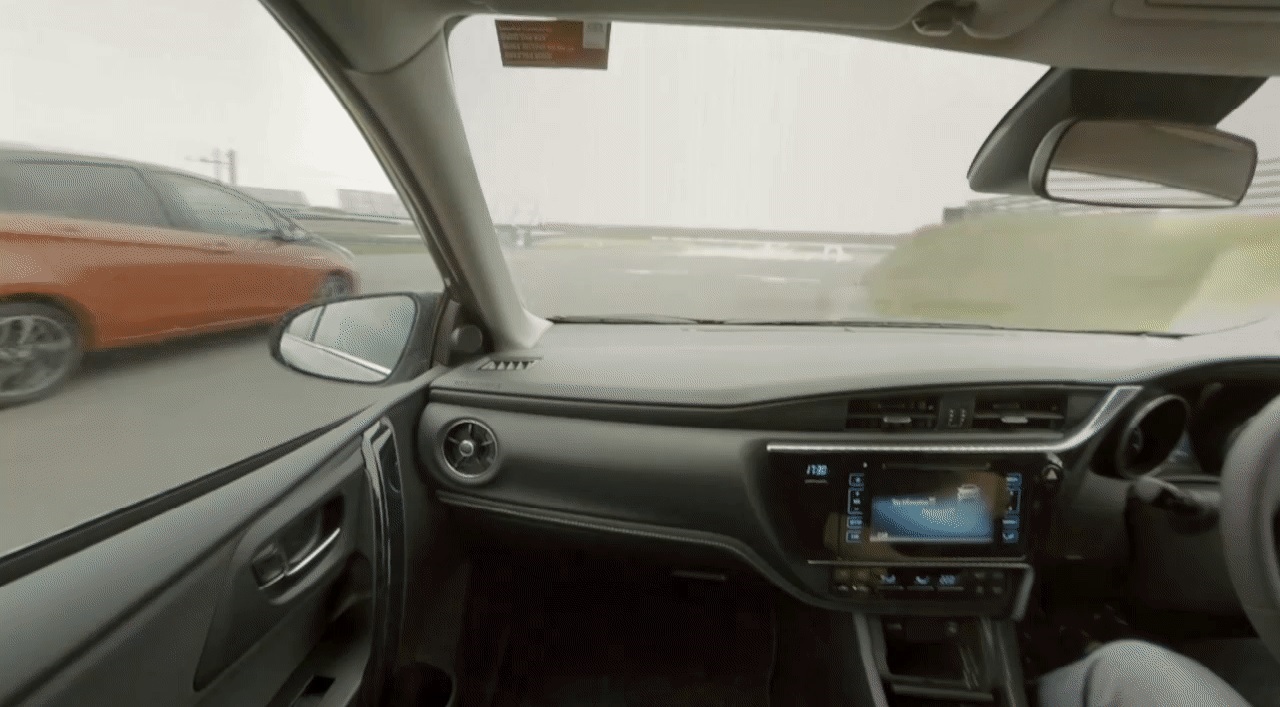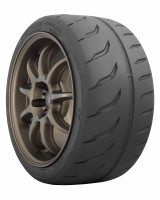VR video provides a real-world look into stopping on worn tyres
 TyreSafe 360 offers a new way of looking at life the risks of driving with tyres with insufficient tread depth
TyreSafe 360 offers a new way of looking at life the risks of driving with tyres with insufficient tread depth
A new 360° video from TyreSafe depicts the gulf in braking distances between tyres with full tread and those whose treads are just below the legal limit. The film has been devised to immerse viewers in the action so they can safely experience for themselves the lack of control provided by tyres with dangerously low tread depth. The film builds to a dramatic climax as the test car careers through a purpose-built wall – out of control and unable to stop in time.
The controlled incident offers viewers the opportunity to see for themselves how much further a vehicle travels before coming to a stop compared with a car equipped with almost new tyres – a full 14 metres, practically a bus length.
Called TyreSafe 360 the film is best appreciated using a smartphone and virtual reality (VR) goggles, allowing viewers to simply turn their heads to get an all-round view of the action. It is available as an app from the Apple Store or Google Play and once downloaded it does not require an internet connection to play as the footage is embedded. Alternatively, visit TyreSafe’s YouTube channel and use keyboard, mouse, touchpad or touchscreen to control the direction of viewing.
“TyreSafe 360 brings to life the risks of driving with tyres approaching, or just under, the minimum legal tread limit in a manner which has never been done before,” shares TyreSafe chairman Stuart Jackson. “Viewers watching using VR goggles especially will be far closer to the real-world experience of being out of control, as the braking and steering systems of the car can do nothing to help them avoid an impact in the wet conditions. The vulnerability and helplessness a driver feels under these circumstances is something we hope viewers take on board after watching and that they are encouraged to carry out the regular tyre safety checks to minimise the chances of being involved in a similar incident on the road.
“As the film concludes, and this year’s Tyre Safety Month reminds Britain’s motorists – Don’t chance it – check it.”
TyreSafe recommends drivers check their tyres at least once a month and before long journeys. Such checks should cover three key elements:
Air pressure: The vehicle manufacturer will typically provide two air pressure levels, one for light loads and the other for when full laden. Overinflation causes accelerated wear in the centre of the tyre, while under-inflation causes wear on the outside edges. Both will negatively impact on the way a vehicle corners and brakes and increase the risks of tyre damage while underinflation also increases fuel consumption. You can find your vehicle’s correct pressures in the filler cap, owner’s manual, door shut or at tyresafe.org
Condition: Lumps and bumps maybe signs of structural damage, and objects embedded in a tyre can lead to catastrophic failure on the road. If any of these are present, the tyre should be checked immediately by a professional.
Tread depth: The minimum legal limit is 1.6mm. As a guide to how close a tyre’s tread depth is to this limit, simply insert a 20p into the main grooves across its centre section and at several points around the circumference. If the rim of the 20p is visible or close to being visible at any point, the tyre maybe illegal, endangering the driver and other road users, and should be inspected by a professional.



Comments